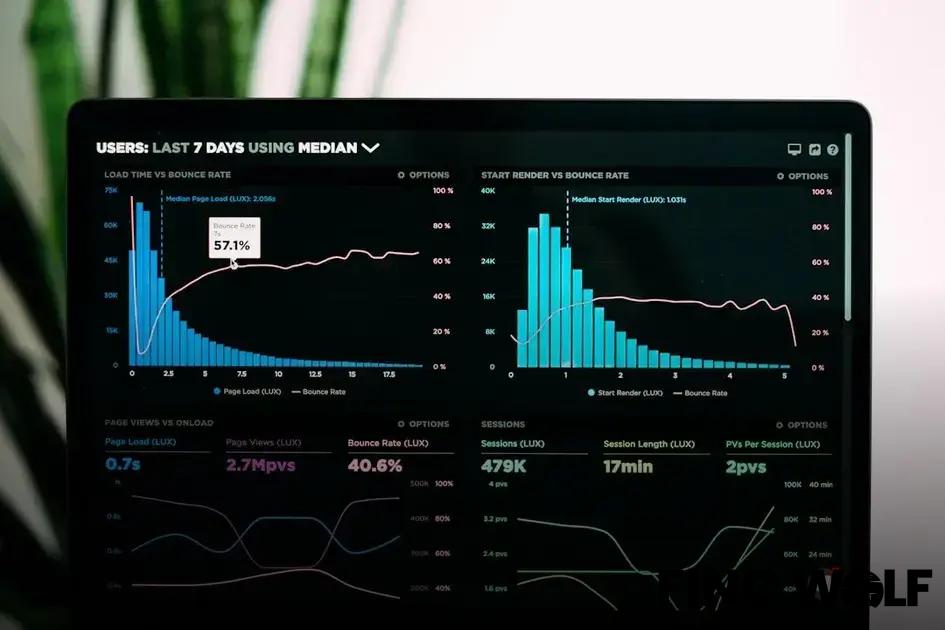Commercial Real Estate Trends in 2025 are set to reshape the industry in dynamic ways. From technological advancements that enhance productivity to growing urbanization affecting demand, the year 2025 promises a significant transformation. Investors, developers, and businesses must adapt to sustainability initiatives and carefully watch economic indicators. Dive into how mixed-use developments are gaining momentum and explore the evolving legal landscape.
Technology’s Impact on Commercial Spaces
Technology is reshaping how companies design and utilize commercial spaces. Businesses are integrating smart technology to optimize space usage, enhance energy efficiency, and improve security. IoT devices allow for automated systems that control lighting and temperature, adapting to occupancy levels. This not only reduces costs but also creates comfortable work environments, attracting employees back to physical offices post-pandemic.
Furthermore, the adoption of virtual reality (VR) and augmented reality (AR) offers innovative ways to visualize potential space modifications without any physical alterations. Tenants can preview customized layouts through virtual tours, making decision-making faster and more precise.
The emergence of flexible workspace solutions, powered by technology, is also gaining traction. Companies now have the ability to dynamically adjust their office footprint based on real-time usage data, ensuring they only pay for what they need. This flexibility is invaluable in a market characterized by rapid change and unpredictability.
In conclusion, technology is crucial in transforming commercial spaces into adaptable, efficient, and engaging environments. Embracing these innovations is essential for staying competitive in the evolving landscape of commercial real estate as we move towards 2025.
Urbanization and Shifts in Demand

As urban areas continue to evolve, the demand for commercial real estate is also shifting. Towns and cities are expanding, drawing more residents and businesses into concentrated areas. This trend is significantly impacting the commercial real estate market as developers and investors strive to meet new demands.
Urbanization spurs greater need for diverse property types. Businesses require adaptable spaces that cater to changing consumer needs. Retailers, for instance, seek locations with high foot traffic, while office spaces must offer flexibility to accommodate hybrid working models.
Furthermore, urban populations are increasingly looking for convenient, multipurpose environments. This gives rise to more mixed-use developments that combine residential, retail, and commercial spaces into cohesive units. By doing so, these projects maximize land use and create vibrant, multifunctional communities.
Shifts in Consumer Behavior
The way people shop and work has changed drastically in recent years, which is influencing real estate demand. Online shopping has reduced the need for expansive retail spaces while increasing the demand for warehouse and distribution centers closer to urban areas for efficient delivery logistics.
Similarly, the rise of remote work has led to a decrease in traditional office space needs. Companies are looking into smaller footprints or utilizing co-working spaces to adapt to flexible work arrangements. These shifts necessitate agile real estate strategies that address current trends while anticipating future demands.
Sustainability and Green Building Initiatives
In recent years, there has been a significant shift towards sustainable practices in commercial real estate. This trend is expected to grow even stronger by 2025, as green building initiatives become increasingly important for developers and investors. Companies are adopting environmentally friendly practices, not only to reduce their carbon footprint but also to meet the growing demand for sustainable spaces from tenants.
Adopting green building standards, such as LEED certification, can increase a property’s value and appeal. These standards emphasize energy efficiency, water conservation, and sustainable materials, contributing to a healthier environment. Additionally, enhanced indoor air quality and natural lighting are becoming essential components of these initiatives.
Governments and local authorities also play a vital role by supporting sustainability through incentives and regulations. This can include tax breaks, grants, and the easing of regulatory barriers for green projects. Such support is crucial in pushing forward sustainable development goals.
Another aspect gaining traction is the integration of renewable energy sources in commercial buildings. Solar panels, wind turbines, and geothermal systems are becoming more common, helping to reduce dependency on traditional power sources.
As more businesses prioritize sustainability, the demand for eco-friendly workspaces is expected to rise. This will lead to an increase in retrofitting older properties with energy-efficient solutions, further boosting the green economy.
Economic Factors Influencing Real Estate

The real estate market is significantly impacted by various economic factors, especially as we look towards 2025. One key element that will continue to play a substantial role is the overall health of the economy. When the economy thrives, consumer confidence rises, leading to increased investments in commercial real estate. This can drive prices up as demand outstrips supply.
Interest rates are another crucial component. Low interest rates make borrowing cheaper, encouraging more businesses to invest in commercial properties. However, if rates rise, the cost of borrowing increases, which might slow down the market activity.
Inflation can also exert pressure on the real estate market. As inflation rises, the cost of materials for construction might increase, affecting new developments. Inflation can also impact rental rates and occupancy costs.
Another factor is the availability of financing. During periods of economic uncertainty, lenders may tighten their lending criteria, making it harder for businesses to access the capital needed for property purchases or developments.
Demographic shifts
These can impact where demand is growing. As population patterns evolve, certain areas may see increased demand for commercial spaces, while others may decline, affecting real estate values.
The global economic climate cannot be ignored. Real estate markets are increasingly interconnected with global economies. Economic changes in one part of the world can affect real estate markets elsewhere through investment flows and market sentiment.
Furthermore, fiscal policies, such as taxation and government spending, can directly influence the commercial real estate market by affecting disposable income and investment incentives.
These economic elements collectively shape the landscape of commercial real estate, with potential investors and stakeholders needing to continuously monitor trends to adapt their strategies effectively.
The Rise of Mixed-Use Developments
The trend of mixed-use developments is becoming increasingly prevalent as we approach 2025. These projects combine residential, commercial, and sometimes even industrial spaces into a single development. By integrating multiple uses within a single project, developers create vibrant communities where people can live, work, and play without needing to commute long distances.
The benefits of mixed-use developments are numerous. They offer convenience and accessibility, reducing the dependency on transportation and decreasing traffic congestion. These developments also encourage walkability, which promotes healthier lifestyles and reduces carbon footprints.
From a commercial standpoint, mixed-use projects can boost economic activity. By having diverse types of businesses within the same vicinity, foot traffic increases, benefiting retail spaces and small businesses. This setup often leads to higher property values and more stable investments.
These developments are often located in urban areas where land is scarce. As cities look to optimize available space, the trend toward vertical buildings combines housing, shopping, offices, and entertainment into multi-story complexes. This approach maximizes land use efficiency and caters to the growing demand for dynamic living environments.
Additionally, mixed-use developments often incorporate modern architectural designs and sustainable building practices. They frequently include parks, green rooftops, and energy-efficient systems, aligning with sustainability trends, which are increasingly important in urban planning.
However, mixed-use developments also present unique challenges. Developers need to balance the needs of residential privacy with the commercial activity below. Soundproofing, strategic design elements, and thoughtful planning are crucial to ensure these spaces meet the diverse desires of inhabitants.
Navigating Legal and Regulatory Changes

The realm of commercial real estate is experiencing rapid evolution, and staying informed is crucial for investors and developers. One significant aspect is understanding and adapting to legal and regulatory changes. As we move towards 2025, legislation surrounding commercial spaces will continue to evolve, reshaping how properties are developed, bought, and sold.
Laws may include stricter zoning regulations and enhanced safety standards. For instance, developers might be required to adhere to new building codes focused on sustainability and safety. These changes aim to improve public well-being and environmental responsibility. Understanding these codes will be essential for compliance and to avoid potential legal issues.
Moreover, regulations on property taxes and assessments may be adjusted to accommodate shifts in urban planning. It’s crucial for stakeholders to stay updated on these changes, as they can significantly impact property values and investment returns.
Tenant laws could also see updates that affect leasing agreements and tenant rights, emphasizing transparency and fair treatment. For property owners and managers, being well-versed in these regulations will be vital for maintaining positive tenant relationships.
Additionally, as technology becomes more integrated into real estate, data privacy laws are likely to influence how personal and property data is handled. Ensuring that technology deployments are compliant with these regulations will protect both businesses and their clients.
Regular training and consultation with legal experts can provide stakeholders with the necessary insights to navigate these legal changes effectively, ensuring their ventures remain compliant and successful in the dynamic real estate landscape of 2025.




